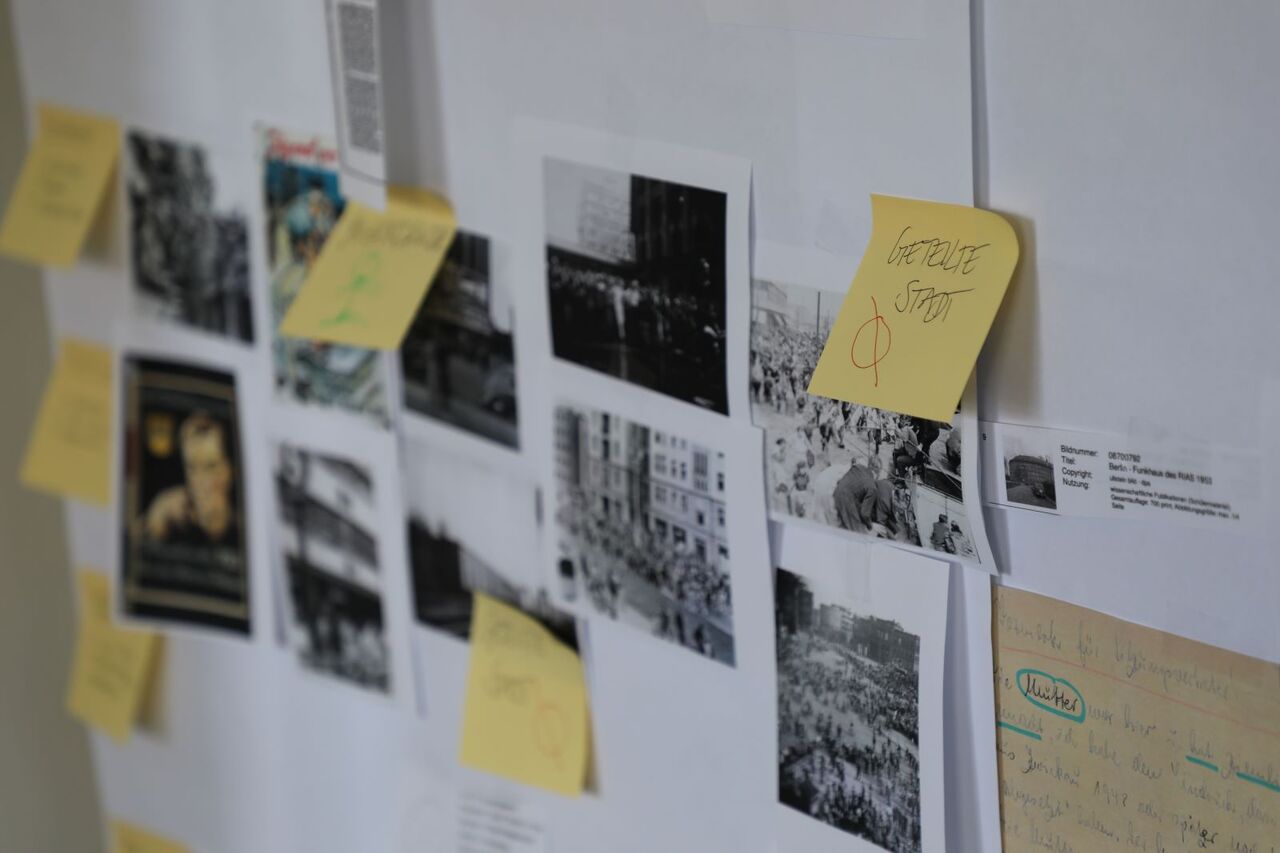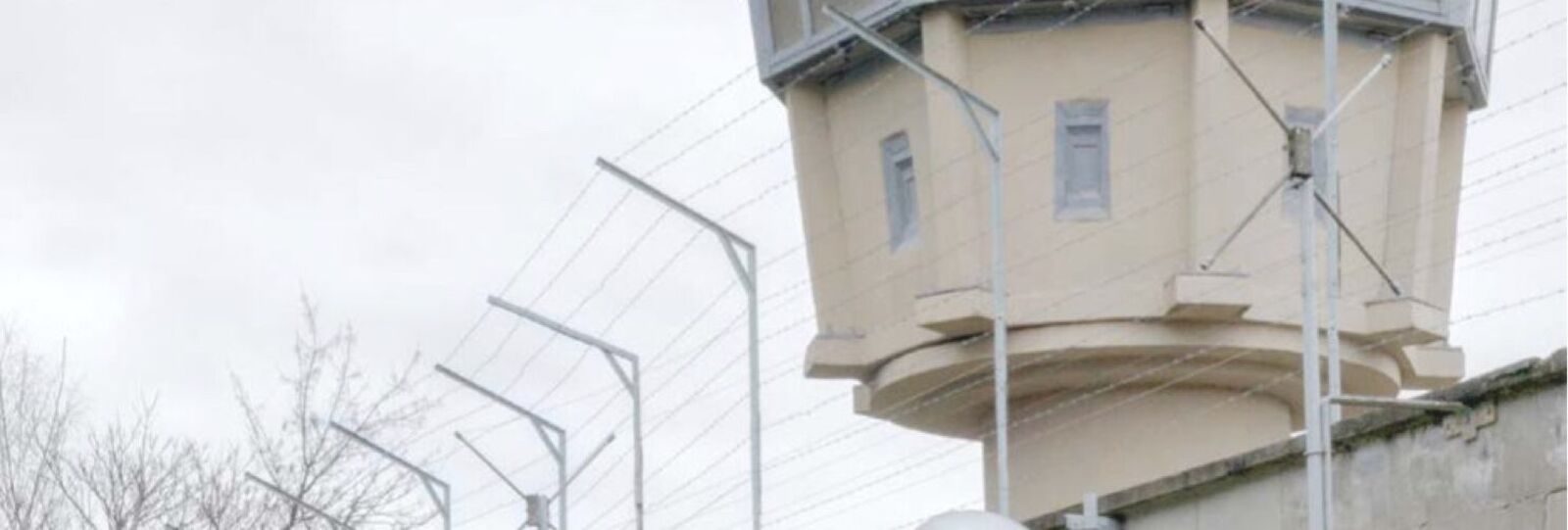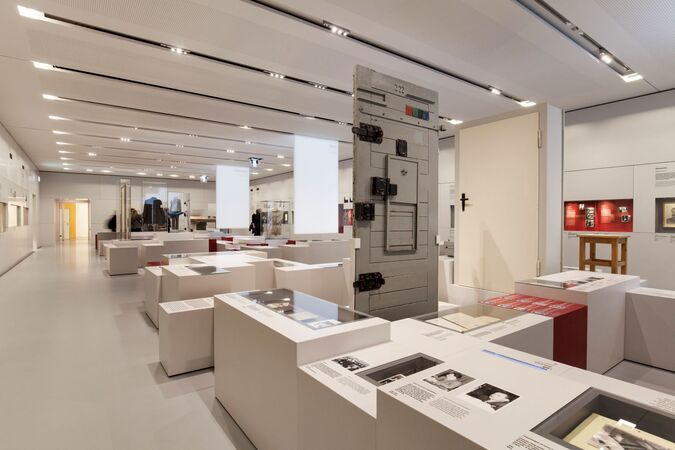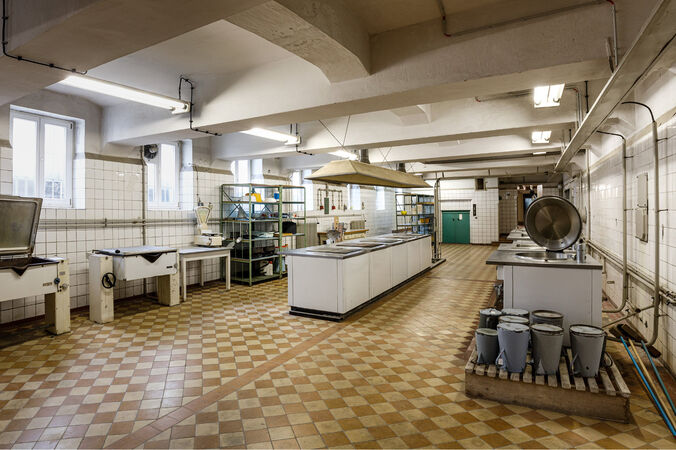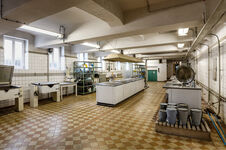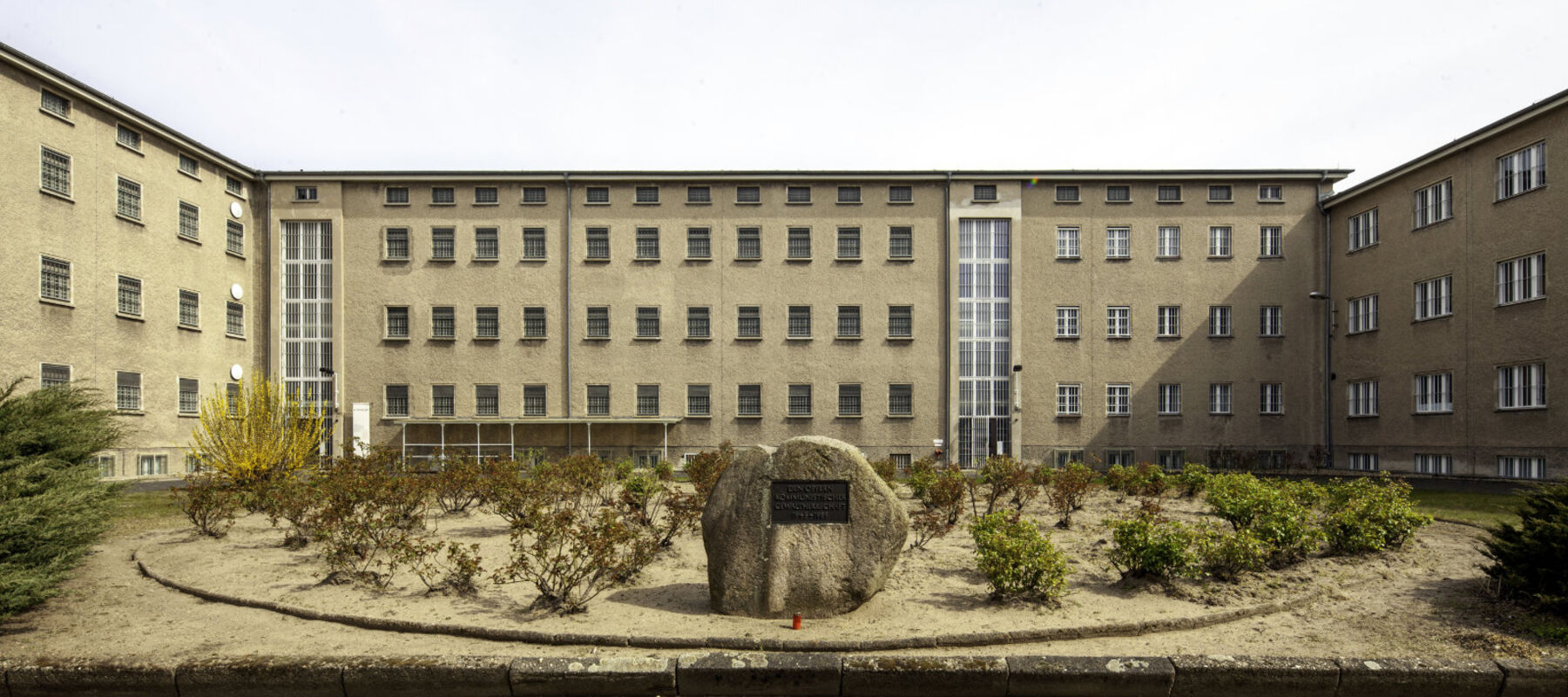
Soviet special camp, Soviet remand prison, Stasi prison, memorial
In 1945, immediately after the end of the war, the Soviet occupying power used the building in Hohenschönhausen, which had originally been constructed as a large kitchen, as an internment camp.
In 1947, the Soviet secret service put the basement of the kitchen building into operation as a remand prison. In 1951, it handed over the basement prison to the Stasi.
In 1960, the Stasi built a new prison on the site, which it used as a central remand prison for political prisoners until 1989. After the fall of the Berlin Wall, former prisoners campaigned for the establishment of a memorial, which was opened in 1994.
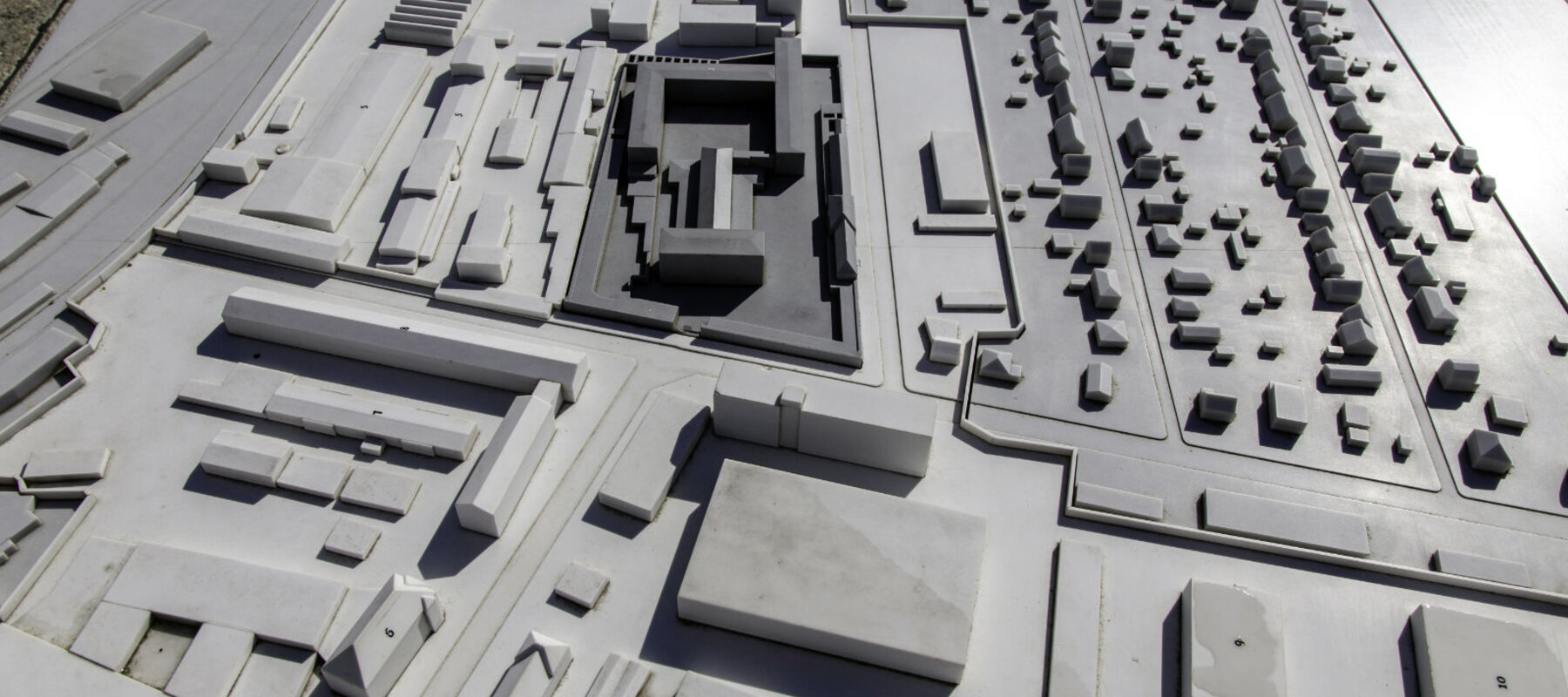
Restricted area
Not only the prison, but also the surrounding area belonged to the Stasi. In the restricted area, which the civilian population could not enter, numerous buildings belonged to the GDR secret police - such as the Nazi file archive, the operational-technical sector for the production of surveillance technology or the secret labour camp “X”.
Further information about the restricted area
Publication: The Prohibited District
Exhibitions
We have two permanent exhibitions and regularly special and temporary exhibitions. Admission is free.
Hohenschönhausen digital
The memorial is too far away for you to visit? Our 3D tour and our media library with eyewitness videos, video tours, biographies and much more offer the opportunity to discover the history of the Stasi prison from anywhere in the world.
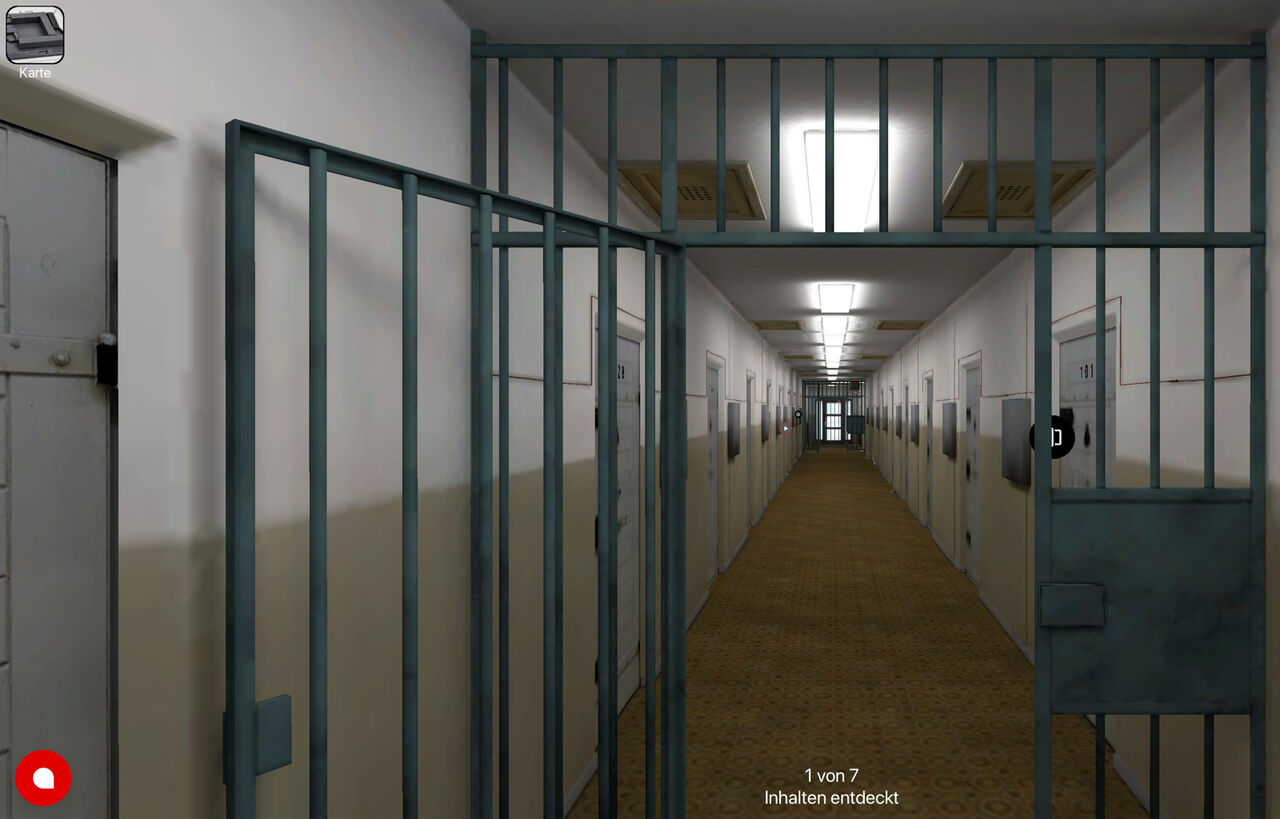
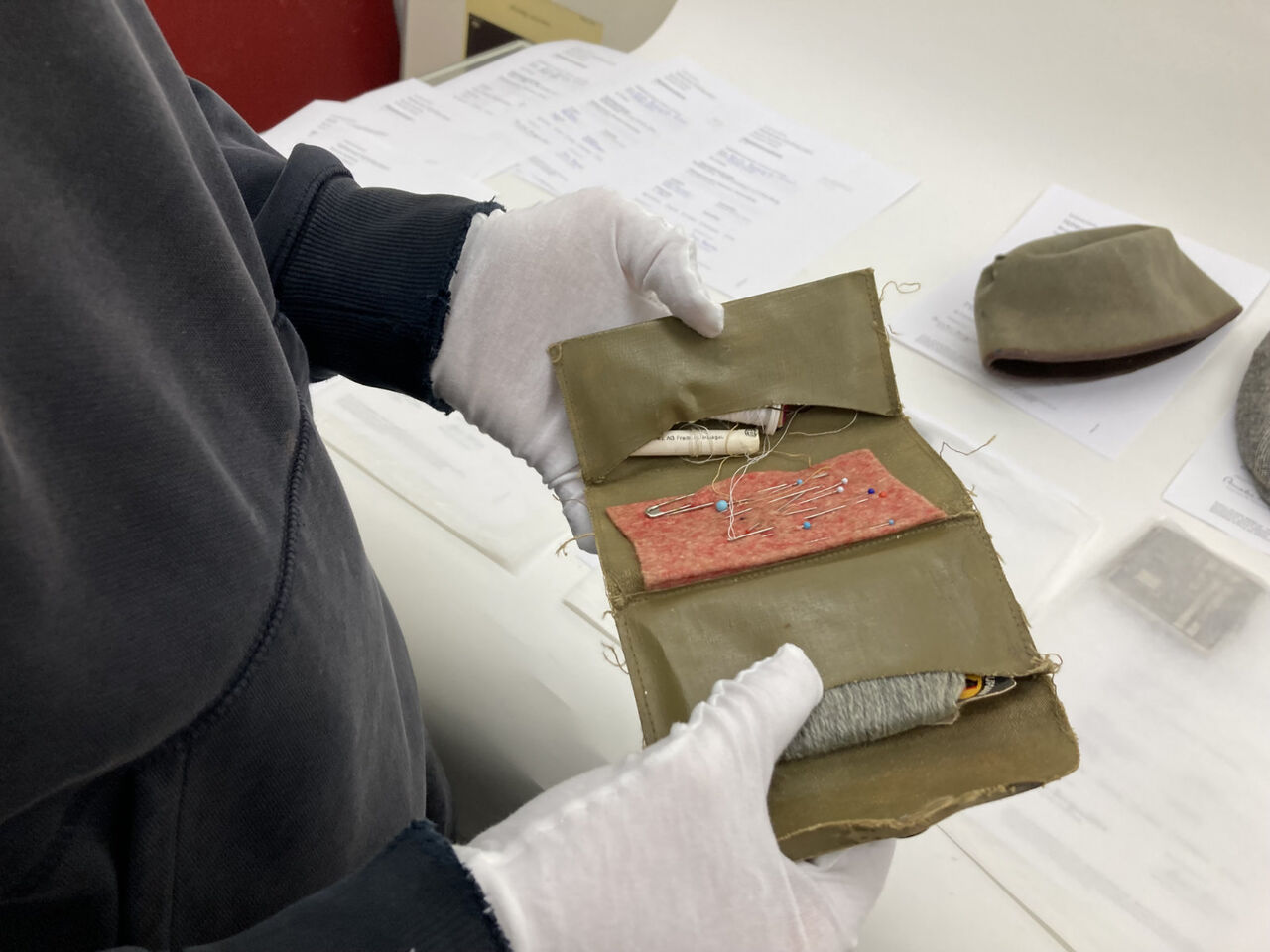
Collection
Memorabilia from former prisoners, prisoners' clothing, documents, pictures - the memorial collects and preserves objects that are linked to the place of imprisonment. There are around 15,000 objects in the collection, giving visitors a unique insight into the history of the Stasi prison.
Research
The memorial researches the history of the prison site and the history of political imprisonment and persecution in the Soviet occupation zone and the GDR in various projects. The research results are presented at events and published in research articles and publications.
